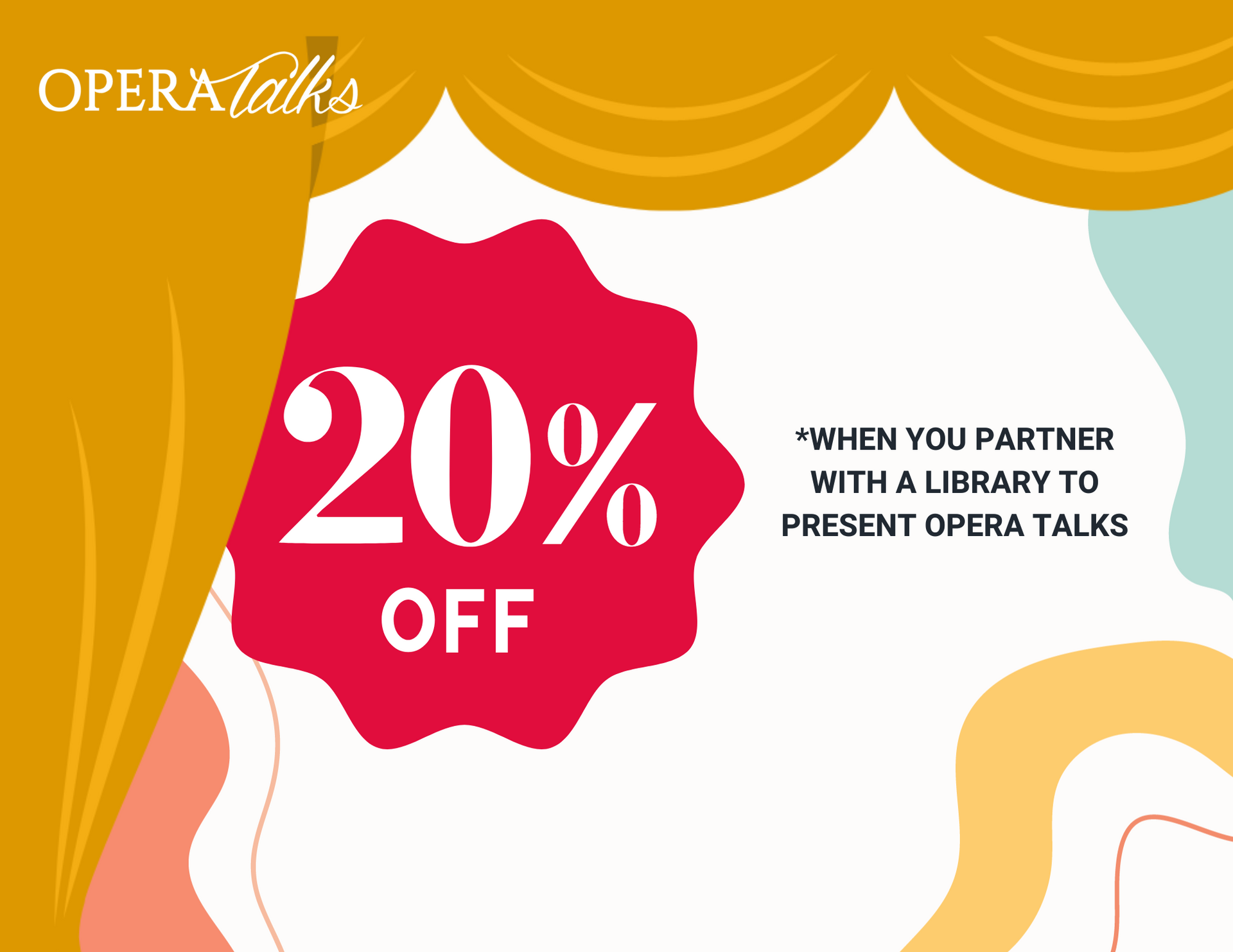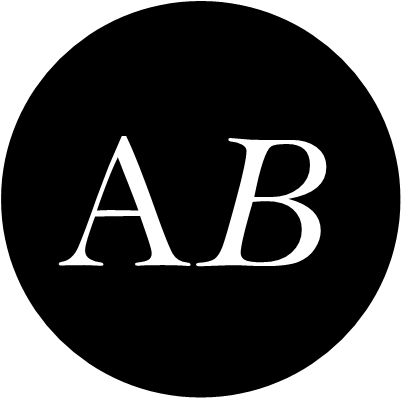
Arts Brève
BRIDGING THE GAP BETWEEN THE ARTS AND LIBRARIES
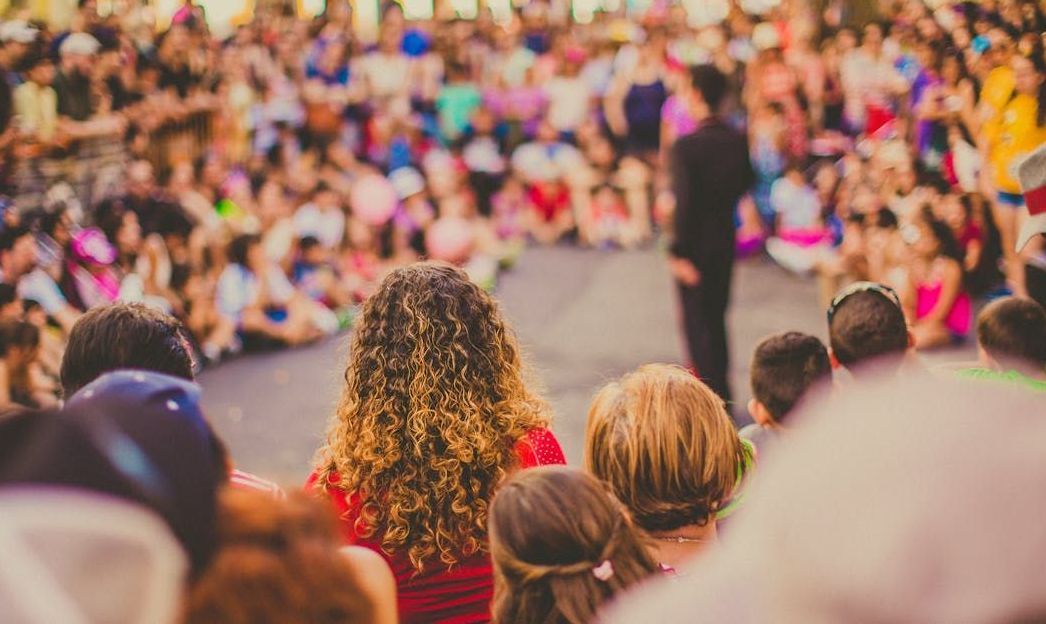
6 Ways to Maximize Your Audience
After years building a core audience for arts programming, Tanisha explains the valuable lessons she learned both as a program coordinator and a program presenter.
Since 2015, I had the opportunity to hire performers and art lecture presenters for a public library in Long Island. With experience working at a library and creating programming at the Metropolitan Opera and former Met Guild, I learned about the cross section between the arts and the public. Oftentimes, arts programs at their highest quality can be costly if a patron attends them in the city or far from home because of the cost of tickets, travel and meals. Libraries serve as a safe place for patrons to discover the arts and ask questions in a casual setting. This is valuable so they can learn more before they buy a ticket or experience a museum or performance. When booking programs, I am inspired not only to entertain the audience but to also educate the audience. Over the years there were hits and misses with audience attendance. Sometimes the program was good but too esoteric for the community or didn’t get the proper marketing to reach the right people. Other times, the program succeeded in bringing many people to the event who leave inspired or with further questions. Subsequenlty, I realized that sometimes the program either needs time to grow a core audience or that the audience may not be interested. With constant experimentation using technology, marketing and imagination, I was able to build a core audience that attends the arts programs at the library and a robust virtual audience online due to the pandemic shutdown. While you can’t win them all- there are many steps you can take before the program to create a core audience who would attend and bring a friend or two.
1. Start Marketing Early

The earlier you know that a program is happening- the better off you are at promoting the program. In this busy world full of social media, emails, and snail mail- print newsletters are not enough anymore. With the help of library staff, I begin marketing programs months before they begin by connecting it to other programs currently happening. Email blasts and social media are great ways to use this concept. Another way is announcing upcoming programs at the beginning of a current program whether online or in person.
2. Create an Echo Chamber with Content

Believe it or not, we are in a world full of content. The content that relates to a person sticks with them. Content can revolve around the time of the year, a particular holiday, or a demographic. All types of content can be used to promote an arts program. I often use social media or email blasts to tie in an event with a graphic or a theme. Book displays are also a great way to promote a program because if the books or materials garner interest- the patron would be interested in attending the program.
3. Partner with local businesses
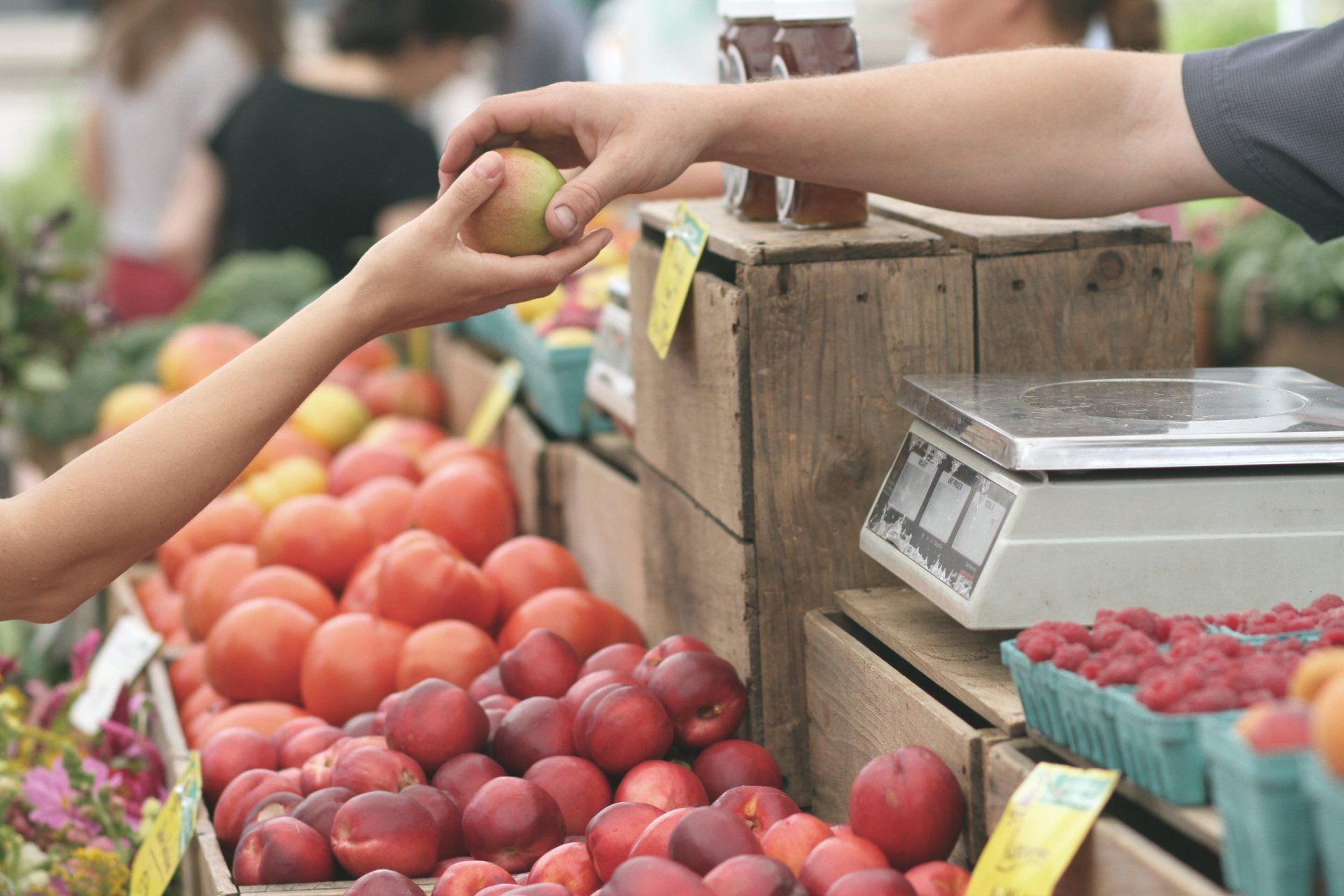
The library is part of the community’s ecosystem. Local businesses are high traffic areas that can offer great partnerships with libraries. The business can do a giveaway or a sponsorship that creates visibility for themselves and the library. A library can also attract people who don't live in the community and also knows someone in the community. There were many instances when a patron attended my program who lived in another town and invited someone who lived in the town. The local patron was so surprised that the library offered such quality programming that they returned to other programs in the library.
4. Create a theme for multiple programs

Oftentimes themes are applied to health and wellness programs. However, the arts contain many layers of performance, history and cultural content that relate in ways that may interest your community. For many years, I applied themes to the “arts season” to get people excited about what to expect in the classical music concerts, art lectures etc. before attending them. Themes also help me to create content to promote the programs and the library collection.
5. Continue virtual or hybrid programs
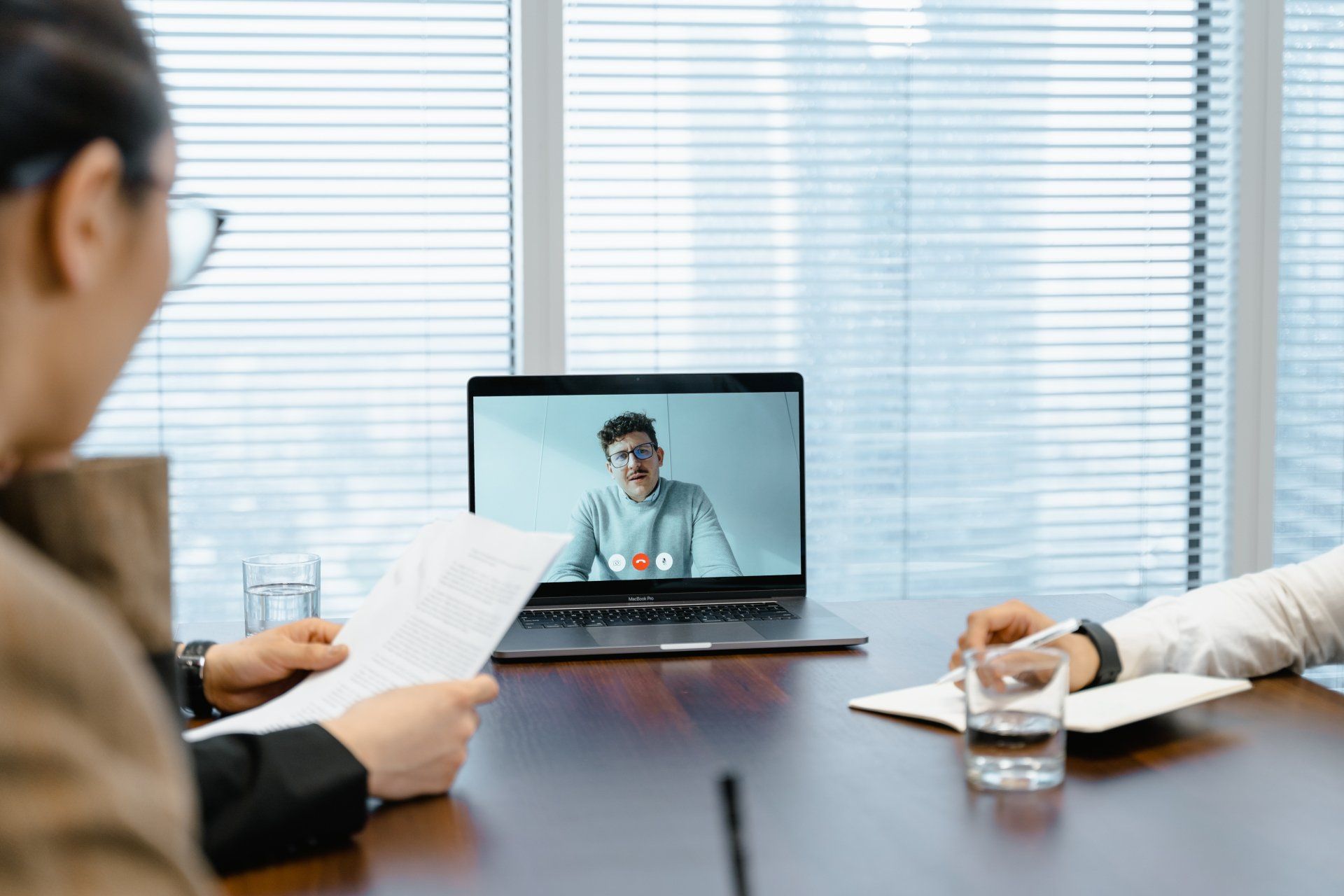
I’ve seen many libraries do away with virtual and hybrid programming because they want people to come in the library. While I understand the reason, I disagree with this notion because virtual and hybrid programs market to audiences who live in the community but don't come to the library. Although not all programs may not work online, choosing a few is a great way to do outreach in the beginning of the program. After the pandemic shutdown, I’ve had many audience members in various locations tell me that they decided to attend a program in person after attending programs online.
6. Partner with other libraries
Partnering with other libraries is a great way to maximize your audience online or in person. One library may have a better space versus the other library who may have better technology equipment for broadcasting. Partnering with other libraries also helps the budget if both have limited resources to present a high-quality arts program. If you are interested in saving when booking an opera talk, look at the new library partnership program to maximize your audience with opera.



